September 24, 2022

A Quality Management System is often represented as a pyramid. Which is a relevant analogy. It has some “depth”, it is not a flat structure, and it matches well the hierarchical nature of many human thinking processes, of organisational structures, and of many information system paradigms (e.g. folders/subfolders).
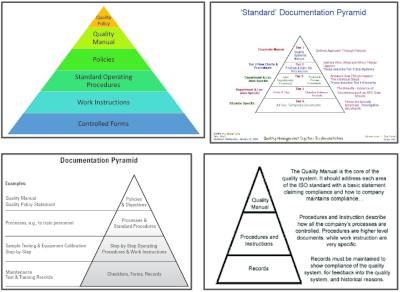
Consultants and other experts who use this analogy typically describe from 3 to 6 levels. All these options are valid. A QMS does not have - by essence - 3 or 4 or 5 or 6 levels. It is a design decision, not an analytical result.
A pyramid is quite a massive construction, designed to be permanent and immutable.
Which is where the analogy stops to work abruptly.
A QMS - like the organization it applies to, is not permanent and immutable. It can exist only if it contiously monitors itself (and even improves itself). It needs to always adapt to changing environments (new regulations ; growth and recessions ; postmarket feedback etc).
And when taking into account the building process, (helping entrepreneurs who don’t have yet a QMS is the kind of mission Diapason loves), the analogy is literally ill-fitted. A pyramid can be built only from the base-up. That is a long a tedious work. And it requires a complete waterfall design approach, whereby the details of the lower level have to be decided upfront (that’s the ’templates industry’ in a nutshell). Such a design can only be modified at great costs, with very careful renovations that require significant scaffolding and may jeopardize the whole building integrity.
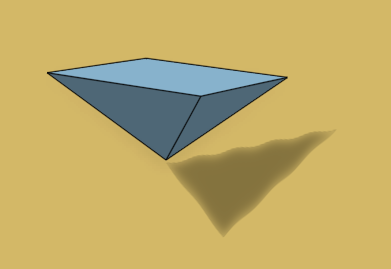
I prefer therefore using an inverted pyramid, balancing on its tip, as an analogue for a QMS.
From a construction standpoint, whilst a bit scary, this makes much better sense. It engages founders and management team in the building process since the early stage, starting with the tip. Instead of learning how to implement the details of a plan designed by and for someone else, it offers the opportunity for founders to train themselves in the art of planning, design thinking and balancing - starting with a smaller edifice/balance board at first.
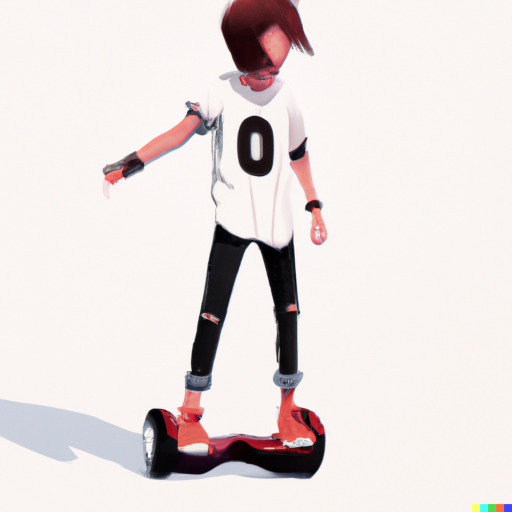
Give someone a fish…vs teach them to fish.
After seeing so many masterpieces rolling out of Dall-E, Midjourney and Stable Diffusion (see here), I thought I could easily use these tools to produce some cool illustrations for my QMS training 101 materials. That was over-optimistic. After dozens of trials, I gave up. I could not get any of these models to draw an inverted pyramid balancing on its tip.
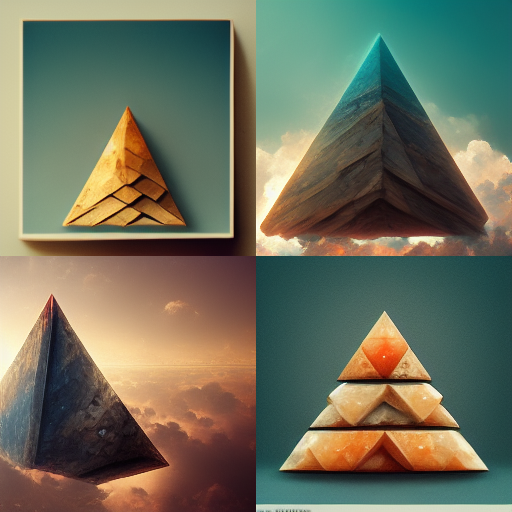
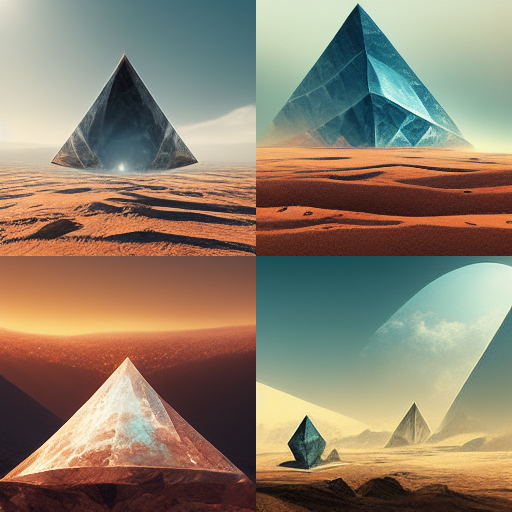
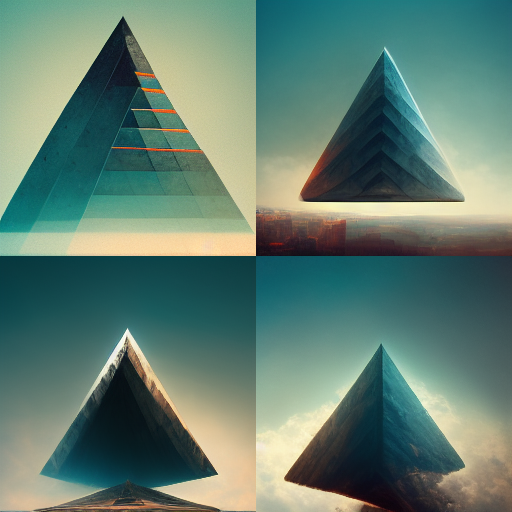
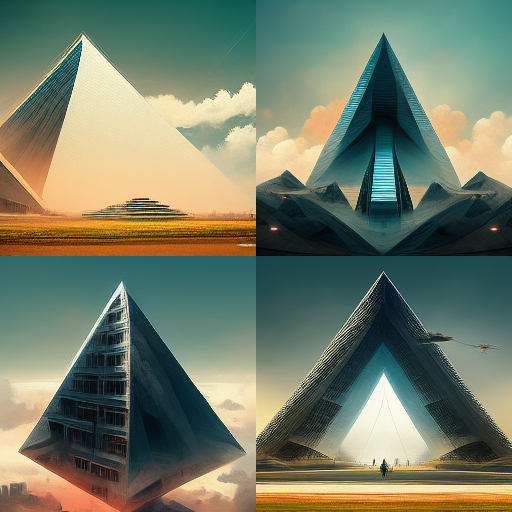
I am yet to understand whether better prompting could succeed or whether we need better models or broader training data.
[edit: I didscovered https://haveibeentrained.com since writing this post. Uploading on it my 3D CAD ugly pyramid with a childish shadow, it appears the training sets this tool has access to do not contain a single inverted pyramide. ]"
Whilst these models have failed at helping me achieve my objective, they have produced beautiful pieces of digital graphics that succeeded (Midjourney particularly) at evoking (to me at least) the artist I used in some of my prompts, Moebius.
So I kept playing this game a bit longer just for the beauty of these Moebius inspired landscapes and characters.

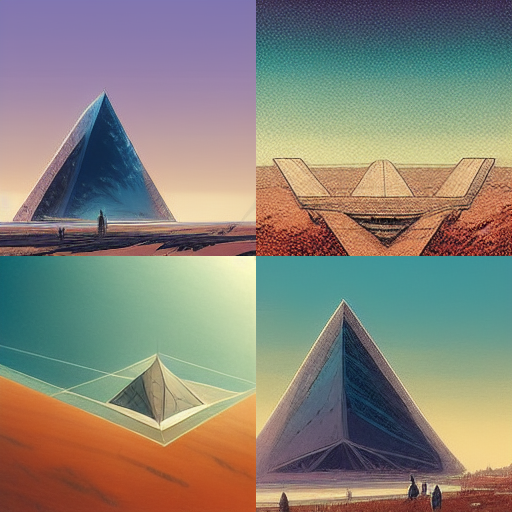
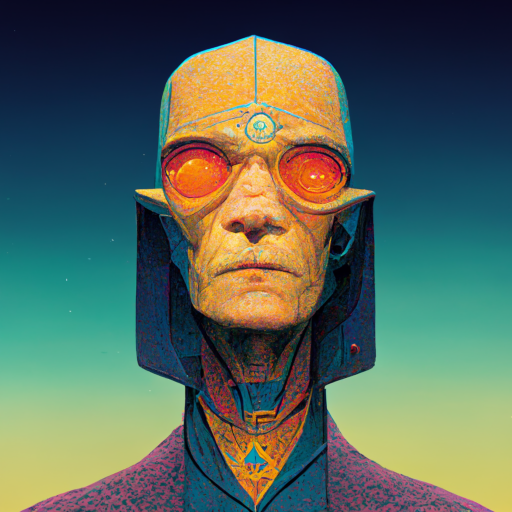
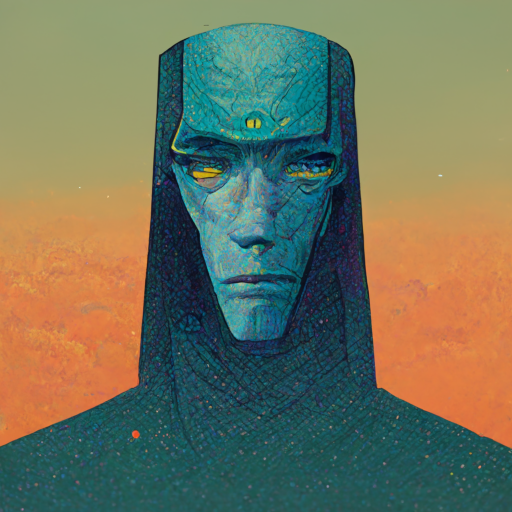
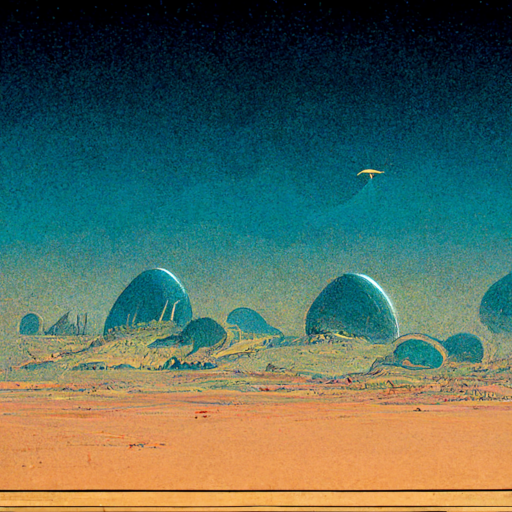
Higher Res images here

